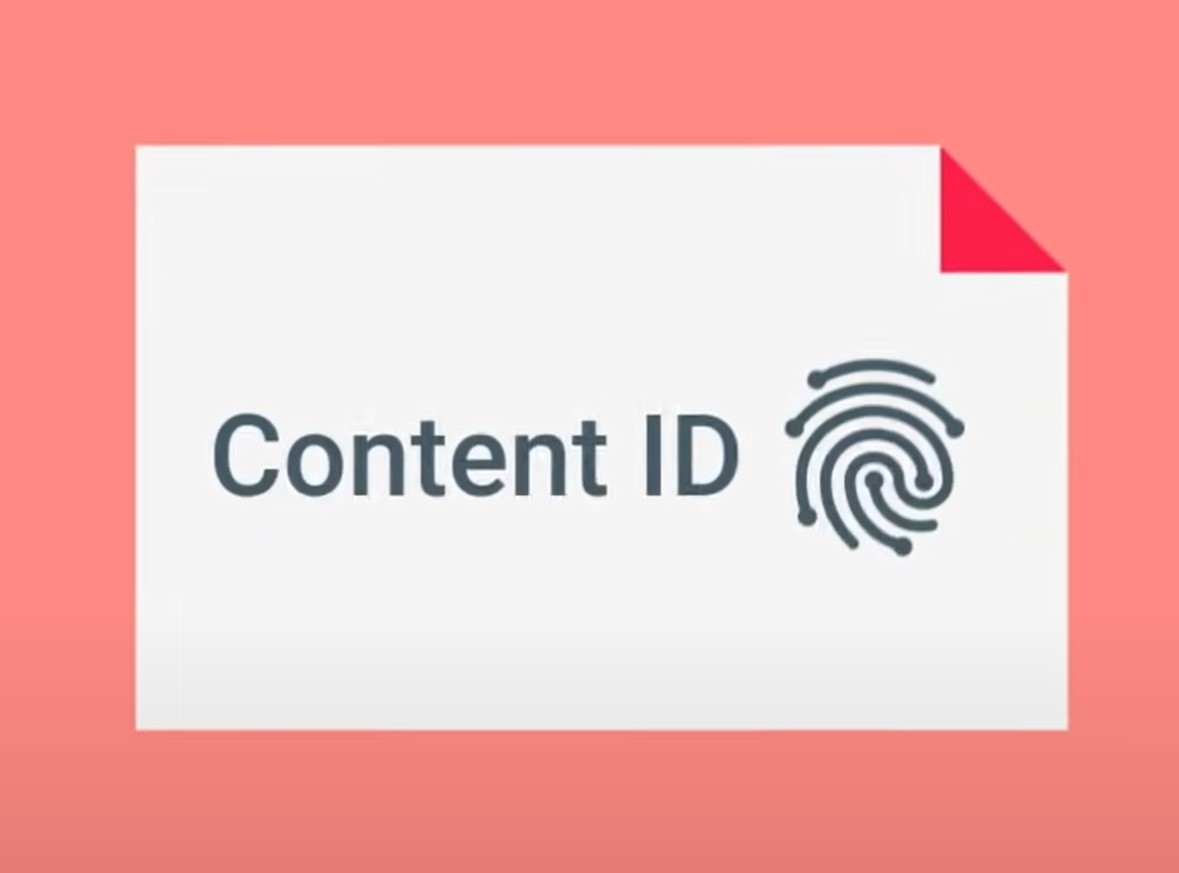 To protect copyright holders, YouTube regularly removes, disables, or demonetizes videos that contain allegedly infringing content.
To protect copyright holders, YouTube regularly removes, disables, or demonetizes videos that contain allegedly infringing content.
For years, little was known about the scope of these copyright claims, but that changed two years ago when the streaming platform published its first-ever transparency report.
These reports, which were initially published as pdf files, showed that roughly 99% of all copyright claims on YouTube are handled through the Content ID system. Since many claims are automated, participation is restricted to a few thousand vetted rightsholders to limit abuse.
YouTube’s Revamped Transparency Report
The Content ID system remains dominant and the number of reported claims continues to rise. YouTube recently released the most recent data on a new dedicated website, which confirms many of the earlier trends.
The latest data show that YouTube is edging closer to a billion copyright claims received every six months, with 980 million Content ID claims in the first half of 2023. These claims were sent by less than 9,000 rightsholder representatives and are good for more than 99% of all copyright actions on the video platform.

The vast majority of claims were automated with just 0.4% submitted manually. This means that millions of daily copyright actions are handled without human review.
More Claims, More Money
These are large numbers, but they’re also presented without context. Only if we start to compare them with previous years does a clear pattern become visible. The 980 million number represents a 25% increase compared to the same period a year earlier, during which 757 million Content ID claims were processed.
One might conclude that rightsholders are frustrated by the increasing level of infringement reported on YouTube. Some probably are, but the Content ID system comes with financial opportunities too.
Rather than simply making unauthorized videos unavailable, rightsholders can choose to monetize them instead. With 90% of all Content ID claims now monetized, it’s far and away the most popular option among rightsholders.
As it turns out, YouTube has found a rather effective way of monetizing copyright infringement. As of December 2022, the video platform had paid out over $9 billion to rightsholders after running ads alongside videos monetized by Content ID.

Top-Heavy
The numbers reported above only apply to the Content ID system. While that’s responsible for nearly all copyright actions on YouTube, those who are not part of the system must use other options.
For example, non-qualifying rightsholders can use the publicly available webform, as 198,512 people did in the first half of last year. Together, these people flagged about five million problematic copyright issues.
The Copyright Match tool, which is accessible to nearly three million YouTube channels, added another 2.7 million copyright actions. The breakdown of all YouTube copyright actions shows that Content ID claims are by far the most used.

The above shows that a small number of rightsholder representatives are responsible for most YouTube copyright actions. In total, more than 310,000 rightsholders reported issues, but just 4,828 were part of the Content ID system.
These 4,828 Content ID members triggered more than 99% of all activity, averaging more than 200,000 copyright actions per rightsholder. The remaining rightsholders reported an average of 37 copyright issues in the same period.
YouTube’s transparency report lags behind a little, but it will be interesting to see if the number of claims in the second half of 2023 surpassed a billion. That data will likely follow later this year.





